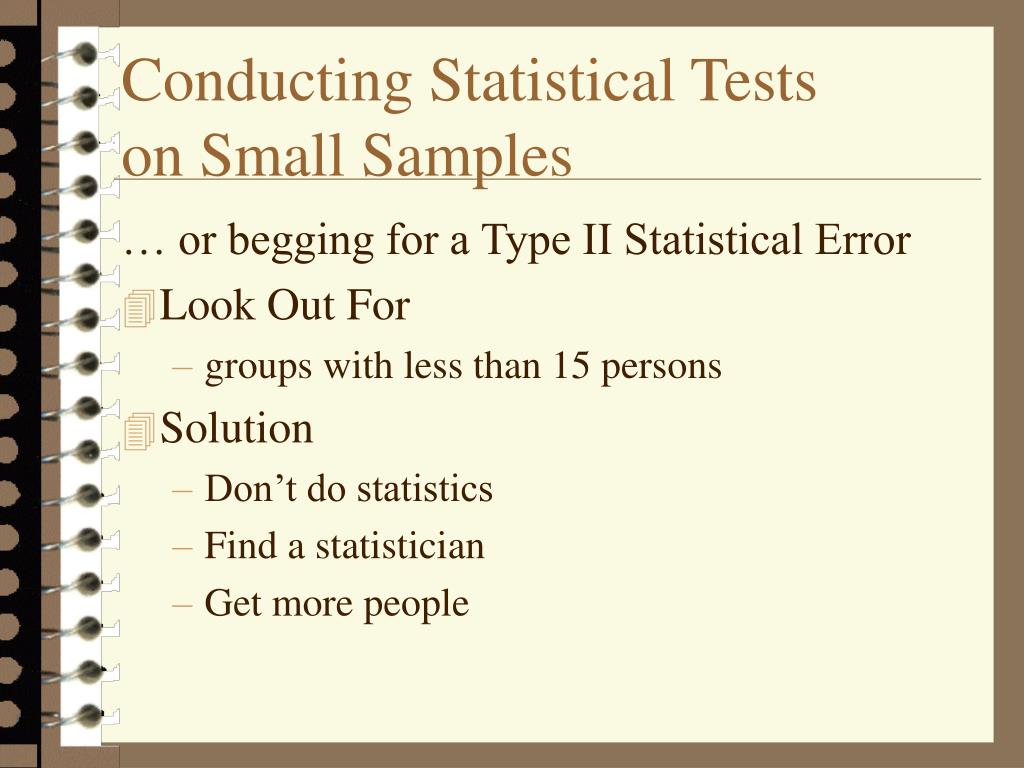

See all allowable formats in the table below. Learn more about our innovative approach at. The Division of Statistics, now the Minnesota Justice Information Services (MNJIS) division, was added in 1935. All data that you insert and evaluate on DATAtab always remain on your end device. We have selected the most central and best known statistical methods for you and do not overwhelm you with special cases. You can also copy and paste lines of data from spreadsheets or text documents. GXO is creating game-changing opportunities with our ever evolving logistics and supply chain management. The Bureau of Criminal Apprehension (BCA) was created by the Minnesota Legislature in 1927 to assist peace officers throughout the state in solving crimes and apprehending criminals. DATAtab offers you a wide range of statistical methods. Expected effect size: a standardized indication of how large the expected result of your study will be, usually based on other similar studies. DNA database hits, recovered evidence items, and other pattern analyses) across multiple law enforcement agencies operating within and outside the State of Minnesota. Statistical power: the probability of your study detecting an effect of a certain size if there is one, usually 80 or higher.


MN BCA CRITERIA FOR CONDUCTING STATISTICAL CALCULATIONS HOW TO
Calculate basic summary statistics for a sample or population data set including minimum, maximum, range, sum, count, mean, median, mode, standard deviation and variance.Įnter data separated by commas or spaces. In the interest of public safety, the MN BCA FSS confidentially shares relevant scientific findings (e.g. Learn how to perform a sample size calculation.


 0 kommentar(er)
0 kommentar(er)
